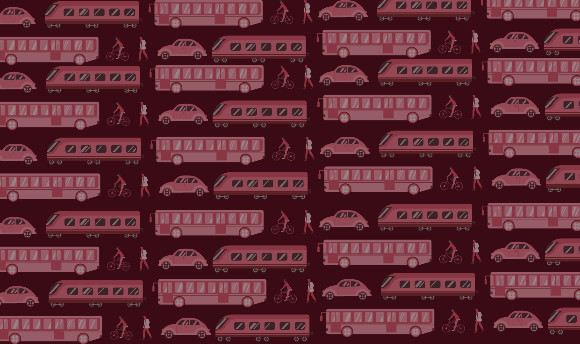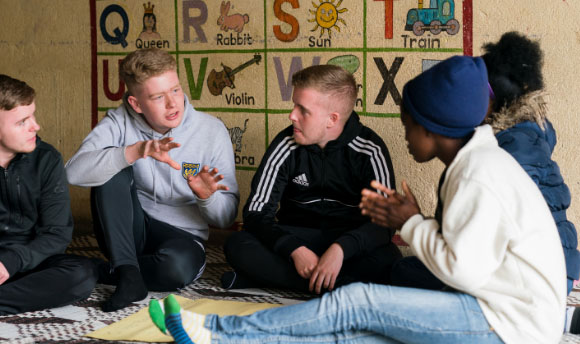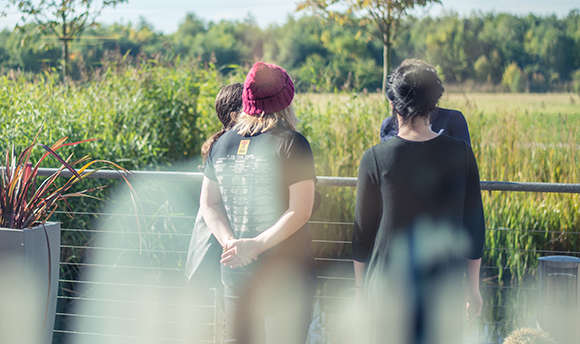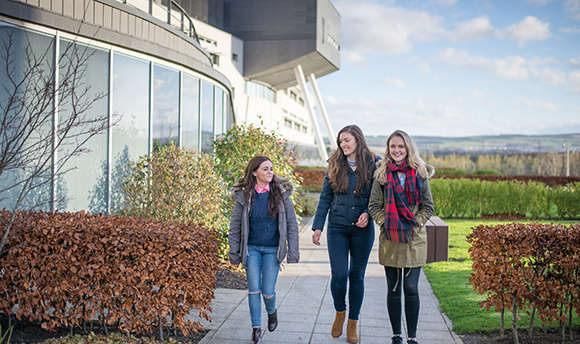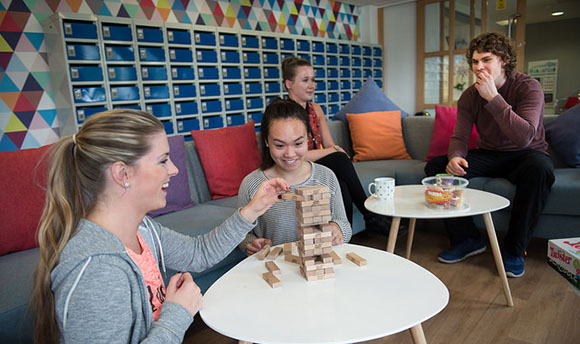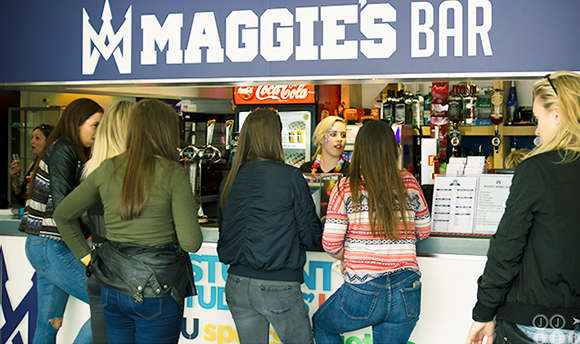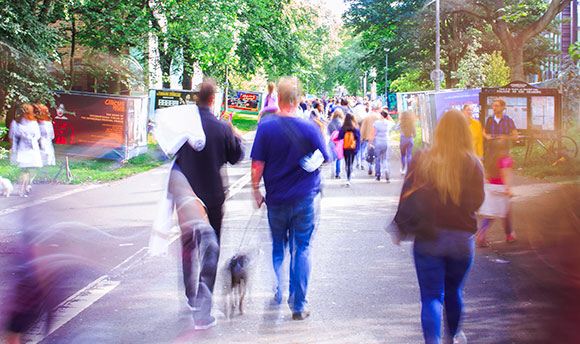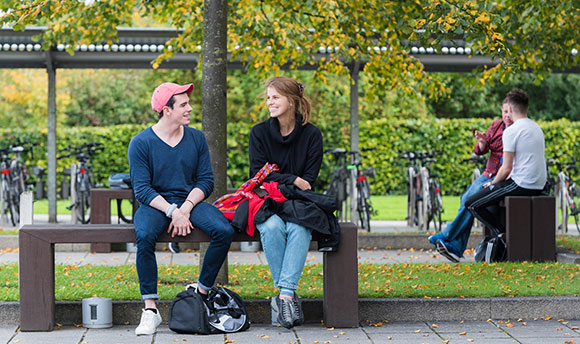Liz Deeming – Public Sociology – Level 2
Venice, Italy
A short academic trip to Venice they said, Brilliant! I thought, (never thinking that I would get the opportunity to go). For those of us who don’t DO flying, haven’t got the money to spare or never been abroad. This was the trip of a lifetime. Excited was an understatement when I got chosen to go. For me this was a big thing, the only time I had been on a plane had been when I was 16 and it was not my favourite thing, so I had avoided it for the last 20 years. But for this trip I was prepared to battle the fear and anxiety around flying.
Travel:
For me the scariest thing about flying is the take-off and landing, but being in a group helped me to get through it. When we arrived at Marco Polo airport, we took an airport bus to Venice. We arrived into the hustle and bustle of the bus station and made our way to a magnificent bridge of stone and glass called the Ponte della Consituzone, so we could walk to the hotel.
If you don’t want to spend a lot of money on the vaporetto (water bus which is around 7.50 euros for a single journey), then you can walk from one end of the city to the other in around 45 mins, as long as you don’t get lost, which we did on the way to the hotel and many times after that. Getting lost in Venice is half the fun, because there is always something interesting around each corner. If you want to travel to the outlying islands in the Venetian lagoon, then there are tours and also vaporetto’s out to them. The Murano, Burano and Torcello tour is reasonable priced if booked on-line in advance. If you do want to do a tour there are various websites you could look at. If you are on a budget then you will find water taxis and gondolas very pricey. If you are stuck for how to travel then always chat to your hotel receptionist regarding travel around Venice and the Venetian lagoon.
Lectures:
As this was an academic trip, there where lectures/seminars to attend. Held at Ca Forscari university we had a series of three lectures/seminars. We were very lucky to have three very good lecturers giving the lectures. Stefano Campostrini who works with the World Health Organisation (WHO) gave us a lecture on world health inequalities. It was very interesting what his take was on inequalities in the health and other systems. Marta Pantalone gave the second of the lectures Is was about Social Care services in Italy and the Veneto region. The carried on nicely from Stefano’s lecture. To talk about how there is a framework for healthcare for the whole of Italy, but not a framework for social care, which means each region has their own rules, or as in some regions no rules at all. Our last lecture in the series was from our own Marion Ellison (Sociology Lecturer) about the Scottish system and how the health and social care system is partially paired. What I took from the series of lectures and seminar was that public sociologist’s and social psychologists need to start working at a grassroots level to help fix the problems of health and other inequalities. As Stefano put it we need to find the causes of the causes and deal with those to make any changes globally.
Group Trip:
After the first lecture, we went on a group trip to San Servolo island. which is an island that had been an asylum up until the 1970s. and is now a museum and an education resource. The museum was really creepy but really good at the same time. The tour guide told us all about the facility. This visit really interested me because of my interest in mad studies and how people were/are treated for madness in other countries.
ECT Machine in the MuseumBust of Patient in the Museum
Free Time:
We had a good amount of free time on the trip. We had a full free day, where a small group of us went on the island tour mentioned in the travel section.
The glass blowing factory in Murano. Beautiful stuff, but way out of my price range!
The one slight disappointment with the boat tour was that we didn’t get very much time to explore Murano, most of our time was spent in a glass blowing factory, where we had a demonstration of glass blowing, and then a look around the exhibition shop. Unfortunately, the price of the items in the shop where not within my budget but the glass was beautiful.
Some more photos from Burano this time. I got a lovely purple lace fan. Burano is famous for its lace. The island of Burano is lovely. As well as being famous for its lace making. It is also famous for its leaning tower and its pretty coloured houses.
After the island tour, we went to the San Marco Basilica. If you don’t want to wait in the generally long queue you can book a miss the queue ticket for 2 euro. Unfortunately, you can’t take pictures in the basilica itself, so you’ll have to take my word for it but inside the basilica is breathtaking. If you want to pay an extra 5 euro then you can go up to the first floor where there is an exhibition area and a balcony with a view of San Marco Piazza (St Mark’s Square).
This is us on the roof terrace on basilica. Just before a thunderstorm. It was the crazy
We also had free time most evenings where we take the opportunity to explore the area and take in the atmosphere.
This was my experience on the academic trip to Venice. As I said above this for me has the trip of a life time. I have done things that I never imagined I would ever do due to anxiety. My confidence has grown and I have made friends with my fellow Sociology and Psychology students. I have learned so much from the lectures and it has given me a renewed interest in my chosen subject. My only regret is that we didn’t have time to get to know our Italian counterparts so well, but hopefully if there are other trips like this then maybe other students will be able to do this. This experience will be a constant reminder of what Public sociology is all about.
